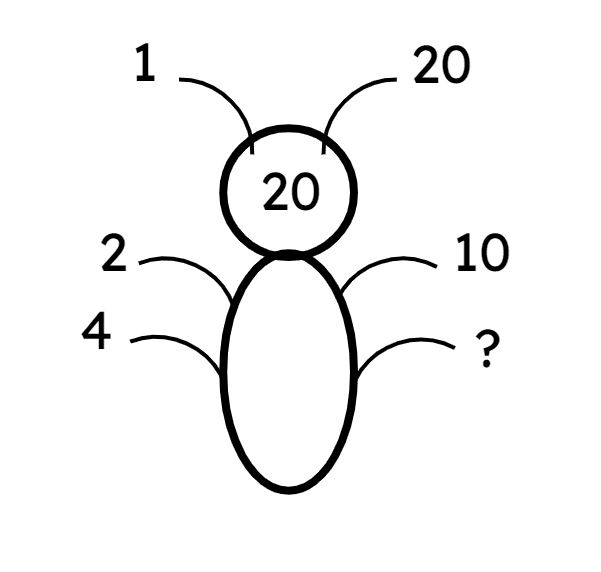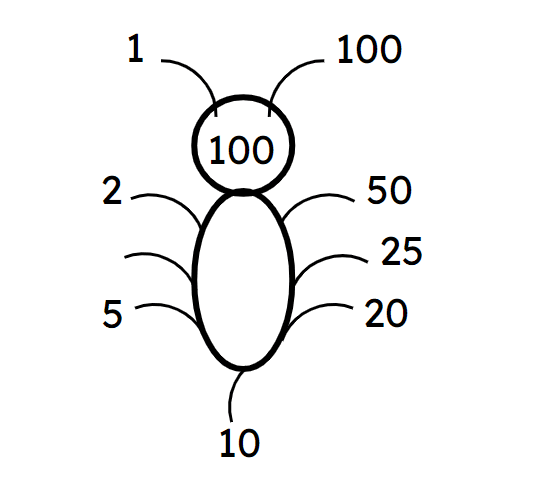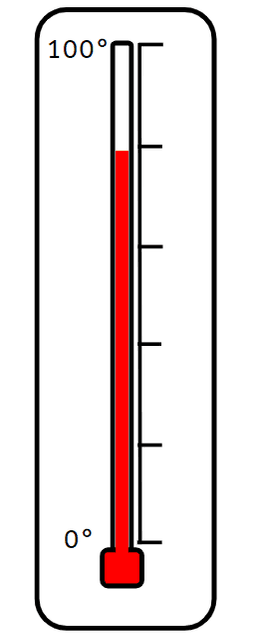Myths about teaching can hold you back
- Year 5
Explain how to use the factor pairs of 100 to solve calculations efficiently
I can explain how to use the factor pairs of 100 to solve calculations efficiently.
- Year 5
Explain how to use the factor pairs of 100 to solve calculations efficiently
I can explain how to use the factor pairs of 100 to solve calculations efficiently.
These resources were made for remote use during the pandemic, not classroom teaching.
Switch to our new teaching resources now - designed by teachers and leading subject experts, and tested in classrooms.
Lesson details
Key learning points
- Scales are often marked in factors of 100
- Rearranging calculations to make use of factors of 100 can simplify them
Keywords
Factor - Factors are whole numbers which exactly divide another whole number.
Commutative - The commutative law states that you can write the values of a calculation in a different order without changing the calculation; the result is the same. It applies for addition and multiplication.
Associative - The associative law states that it doesn't matter how you group or pair values (i.e. which we calculate first), the result is still the same. It applies for addition and multiplication.
Common misconception
Pupils decompose the wrong factor therefore find it difficult to find a pair of factors that are equal to 100
Scaffold pupil's thinking when they begin to tackle a 2 digit by 2 digit calculation. Encourage them to ask questions of the numbers, for example: 'Is one of the numbers I have to start with a factor of 100?'
To help you plan your year 5 maths lesson on: Explain how to use the factor pairs of 100 to solve calculations efficiently, download all teaching resources for free and adapt to suit your pupils' needs...
To help you plan your year 5 maths lesson on: Explain how to use the factor pairs of 100 to solve calculations efficiently, download all teaching resources for free and adapt to suit your pupils' needs.
The starter quiz will activate and check your pupils' prior knowledge, with versions available both with and without answers in PDF format.
We use learning cycles to break down learning into key concepts or ideas linked to the learning outcome. Each learning cycle features explanations with checks for understanding and practice tasks with feedback. All of this is found in our slide decks, ready for you to download and edit. The practice tasks are also available as printable worksheets and some lessons have additional materials with extra material you might need for teaching the lesson.
The assessment exit quiz will test your pupils' understanding of the key learning points.
Our video is a tool for planning, showing how other teachers might teach the lesson, offering helpful tips, modelled explanations and inspiration for your own delivery in the classroom. Plus, you can set it as homework or revision for pupils and keep their learning on track by sharing an online pupil version of this lesson.
Explore more key stage 2 maths lessons from the Use common factors and multiples to solve calculations efficiently unit, dive into the full primary maths curriculum, or learn more about lesson planning.

Licence
Prior knowledge starter quiz
6 Questions
Q1.A factor is:
Q2.Write down the missing factor from this factor bug.

Q3.Which parts of a division equation can represent factors?
Q4.Tick the equations that are true.
Q5.Apply the associative law to complete this calculation. 36 × 2 × 5 =
Q6.Tick the calculation that could be represented as 5 × 2 × 31
Assessment exit quiz
6 Questions
Q1.Tick the factor pairs of 100
Q2.Write down the missing factor in this factor bug.

Q3.What is the temperature shown on the thermometer?

Q4.Match the equation to the factors pairs that would be best used to help solve the calculations.
2 and 50
4 and 25
5 and 20


